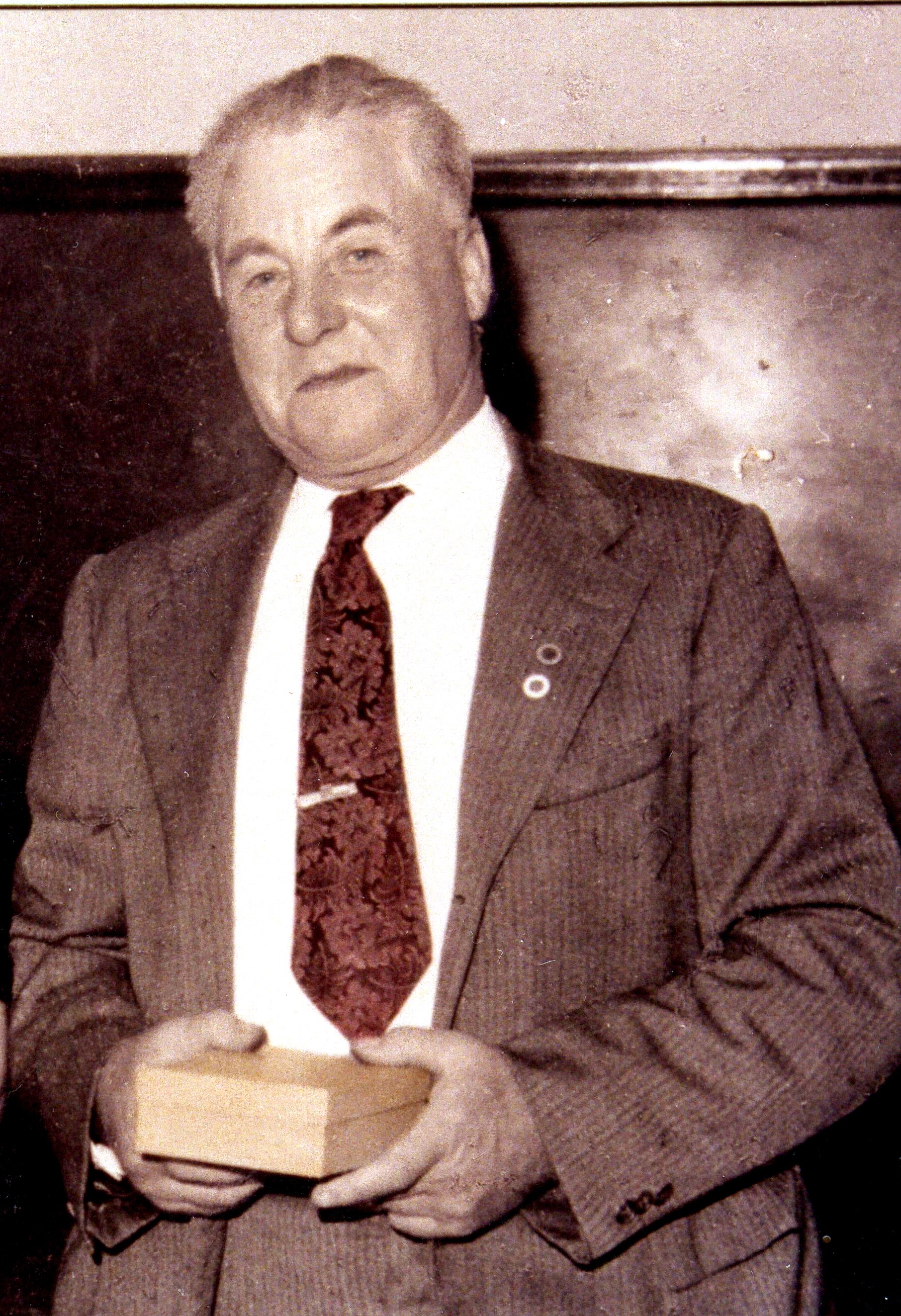Photo: On Sept. 28, Rankin School of the Narrows recognized the First National British Home Children Day. Students in the photo are BHC descendants. Back row (L-R): Kalen Bonaparte, Cody MacNeil, Morgan MacInnis, Connor MacInnis. Front row (L-R): Sarah MacNeil, Olivia MacNeil, Declan Bonaparte, Gaven Bonaparte, Katherine MacDonald, Ethan Bonaparte. Photo submitted by Charlene Ellis.
By Carolyn Barber, The Victoria Standard
In 1915, John William Ellis, age nine, boarded the SS Carthaginian in England and made his way across the Atlantic Ocean to Canada. In his lifetime, he contributed greatly to his adoptive community and country.
On Sept. 28, 2018, his contributions were formally recognized for the first time by the Canadian Government. Earlier this year, motion M-133 was passed in the House of Commons that Sept. 28 be known as British Home Child Day across the country.
“My grandfather was a great man - kind generous, hardworking and very tolerant of others,” says Charlene Ellis of Little Narrows, NS. “He loved family, loved to laugh and loved music. He embraced the culture he was placed in and was a terrific Gaelic speaker. He passed his love of the culture off to his children, having a very musical family.”
Charlene currently teaches the Coop/Options & Opportunities course at Rankin School of the Narrows. In the past, as an English and Social Studies teacher, and British Home Child (BHC) descendent, she educated students about this little-known piece of Canadian history.
John William Ellis was one of approximately 100,000 British boys and girls brought to Canada between 1869 and 1948 as indentured labourers. After his mother died, his father placed him in a Middlemore emigration home in Birmingham, England,founded by John Throgmorton Middlemore. Middlemore was one of several institutions set up across the United Kingdom to take in children who had fallen on hard times. The intention of the Home Children program was to send these children to Canada to enjoy healthier lives. Like many of his peers, Ellis arrived at Pier 2 in Halifax and resided briefly at a receiving home (Fairview Home) in Halifax before being placed with a family.
Boys worked as labourers on farms, girls became domestic labourers. Many British Home Children were mistreated. Ellis was lucky. He was placed with Malcolm and Catherine Ross of Jubilee, NS.
“Grampy always said that his host family was good to him and that he was lucky and had a good life.”
He married Flora Northen on Feb. 14, 1930 and the couple had 10 children, two died in infancy. Ellis worked at the Little Narrows Gypsum Company, earning a 25-year service award.

John William Ellis (February 16, 1906 – August 18, 1974) receiving his 25-year service award from Little Narrows Gypsum Company. Photo submitted by Charlene Ellis.
British Home Children were often forced to emigrate without their parents’ knowledge. Like John William Ellis, most children never saw or heard from their parents again. Siblings arriving together in Canada were often separated, only to reunite decades later, if at all.
Most estimates put the current number of BHC descendants at four million, or one in nine Canadians. Many are now raising awareness about this buried chapter of Canadian history and uncovering the incalculable contributions made to Canadian society. BHC descendant groups have formed in every province.
On Remembrance Day this year, Charlene Ellis will lay a wreath in Whycocomagh to remember all the British Home Children that served Canada in times of war.
Follow British Home Children and Descendants Association (Nova Scotia) on Facebook for more information.








0
Log In or Sign Up to add a comment.- 1
arrow-eseek-eNo items to displayFacebook Comments